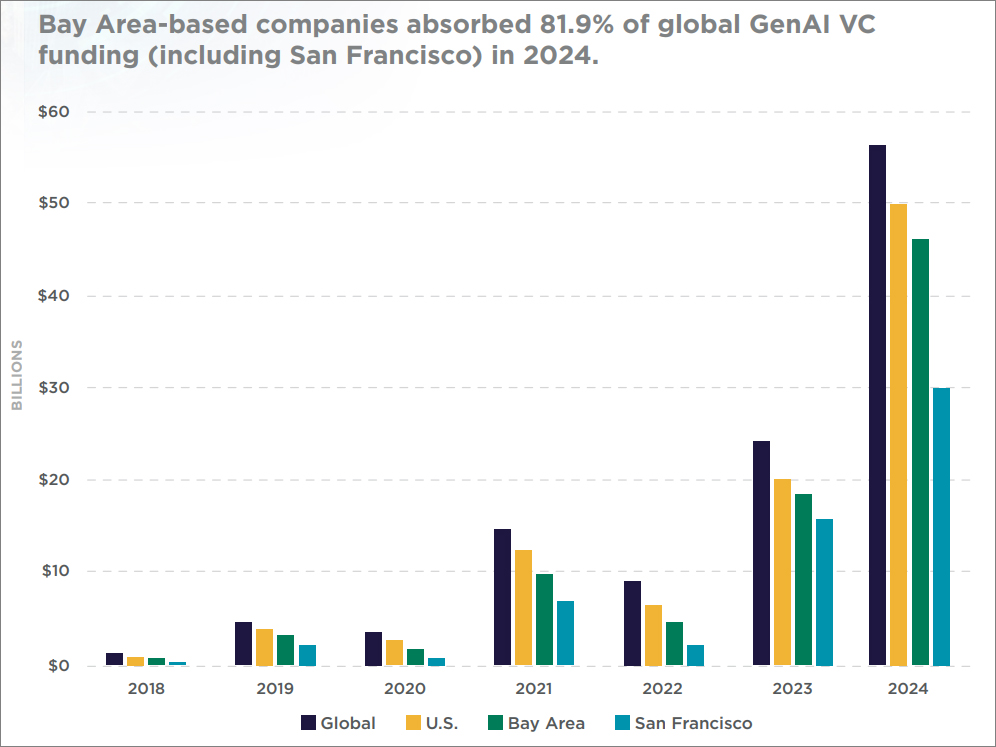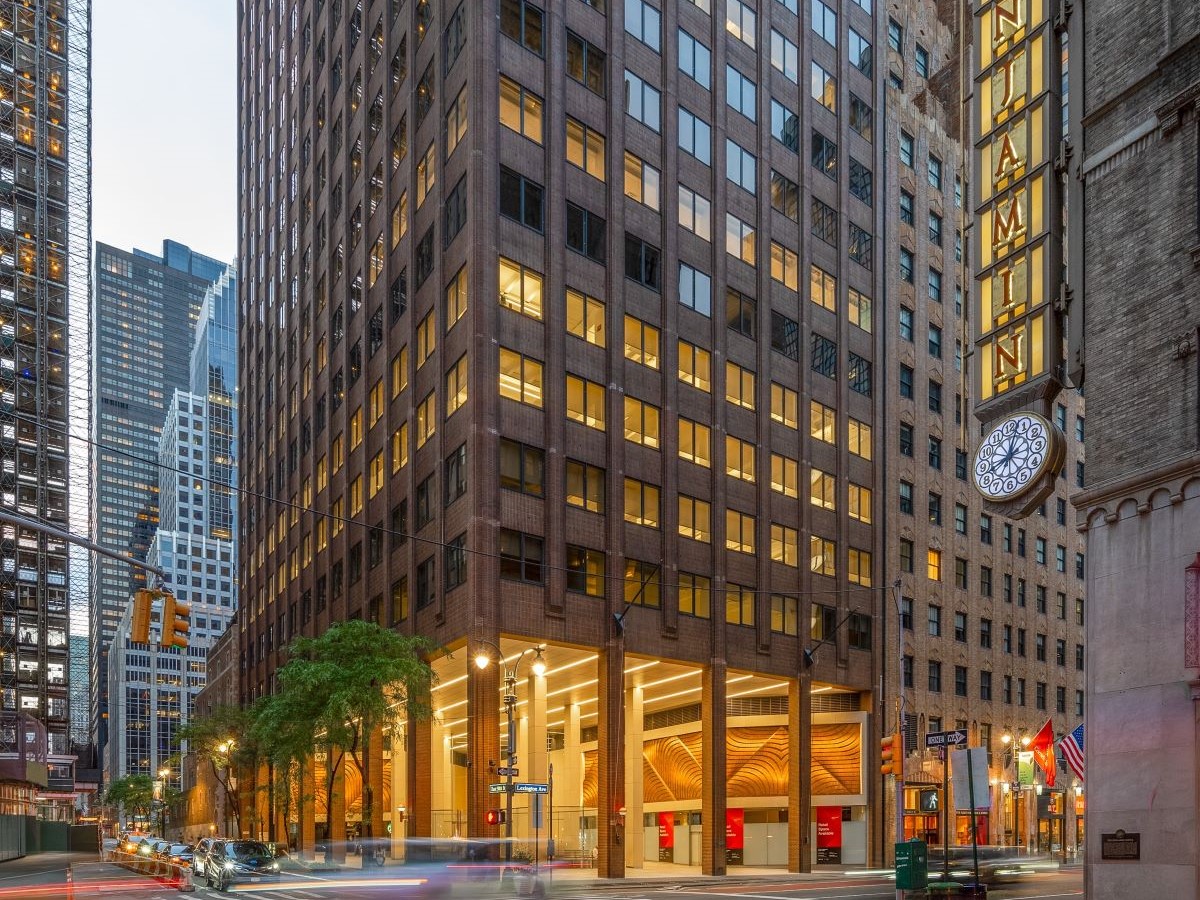Cushman: Global CRE Investment Rose 14 Percent in 2011
According to services firm Cushman & Wakefield Inc., global property markets saw a stronger-than-expected end to 2011, with all regions experiencing robust demand for well-let assets. Activity worldwide increased by 14 percent, hitting the $808 billion mark -- an increase of 83 percent from the lows of 2009.
March 1, 2012
By Nicholas Ziegler, News Editor
According to services firm Cushman & Wakefield Inc., global property markets saw a stronger-than-expected end to 2011, with all regions experiencing robust demand for well-let assets. Activity worldwide increased by 14 percent, hitting the $808 billion mark — an increase of 83 percent from the lows of 2009. North America remained the star performer, with a 52 percent increase in volume. EMEA saw a 17 percent increase, Latin America saw 9 percent and APAC marked only a 0.5 percent move.
However, Asia overall remains the largest trading market, notching 50 percent of all global transactions in 2011, 74 percent of which were land sales. China remained the largest commercial market by volume over second-place finisher the United States.
Inflation was still a problem — hitting investors’ bottom profit margins adversely — and continued uncertainty in global markets remained a concern. As a result, risk aversion continued to increase, with investors seeing a renewed flight to both quality and liquidity. Emerging markets were hit the worst by this trend, seeing just a 3 percent increase in activity. In contrast, mature markets saw commercial volumes rise by 21 percent and took a 56 percent market share.
“The global investment market has been very polarized over the past year, with the best stock seeing demand and price pressures but second tier property failing to gain traction with buyers or occupiers,” Glenn Rufrano, president & CEO of Cushman, said. “That looks likely to continue this year but we do expect higher risk strategies to grow in popularity as the year goes by, helped by the promised flow of assets from financial institutions at last starting to pick-up.”
The Asian recovery was maintained in 2011 with good rental growth and further yield compression adding to capital performance. However total investment volumes, at $364.4 billion ($373.8 billion including multi-family), were barely changed on 2010 due to a range of factors, including general global uncertainty at the year-end but also a mismatch between buyers and sellers on pricing, natural disasters, particularly those in Japan and Thailand, and measures in some countries to slow the market which have started to impact on land sales.
The Americas gained ground in the global commercial marketplace last year, with its investment market share rising from 19 percent to 25 percent. Commercial property volumes hit $182.1 billion ($235.7 billion including multi-family), up 49 percent on 2010, driven by the United States, Mexico and Chile. The region also out-performed in value terms, with yields compressing faster than other regions and higher prime rental growth being recorded at an average of 6.6 percent across the sectors. The trend marked the fastest annual rate in the region since 2008, and Latin America was the key driver.
EMEA investment rose 17 percent in 2011 to $180.1 billion ($198.5 billion including multi-family) with Central & Eastern Europe up 76 percent and the West up by 8 percent. However while investors were more optimistic and ready to take some risks earlier in the year, a strong focus on core, stable markets returned by the year-end as the sovereign debt crisis escalated. The indebted fringe of the eurozone (Portugal, Ireland, Italy, Spain and Greece) saw a 26 percent fall in commercial investment activity over the year while the rest of the eurozone saw volumes rise by 17 percent.








You must be logged in to post a comment.